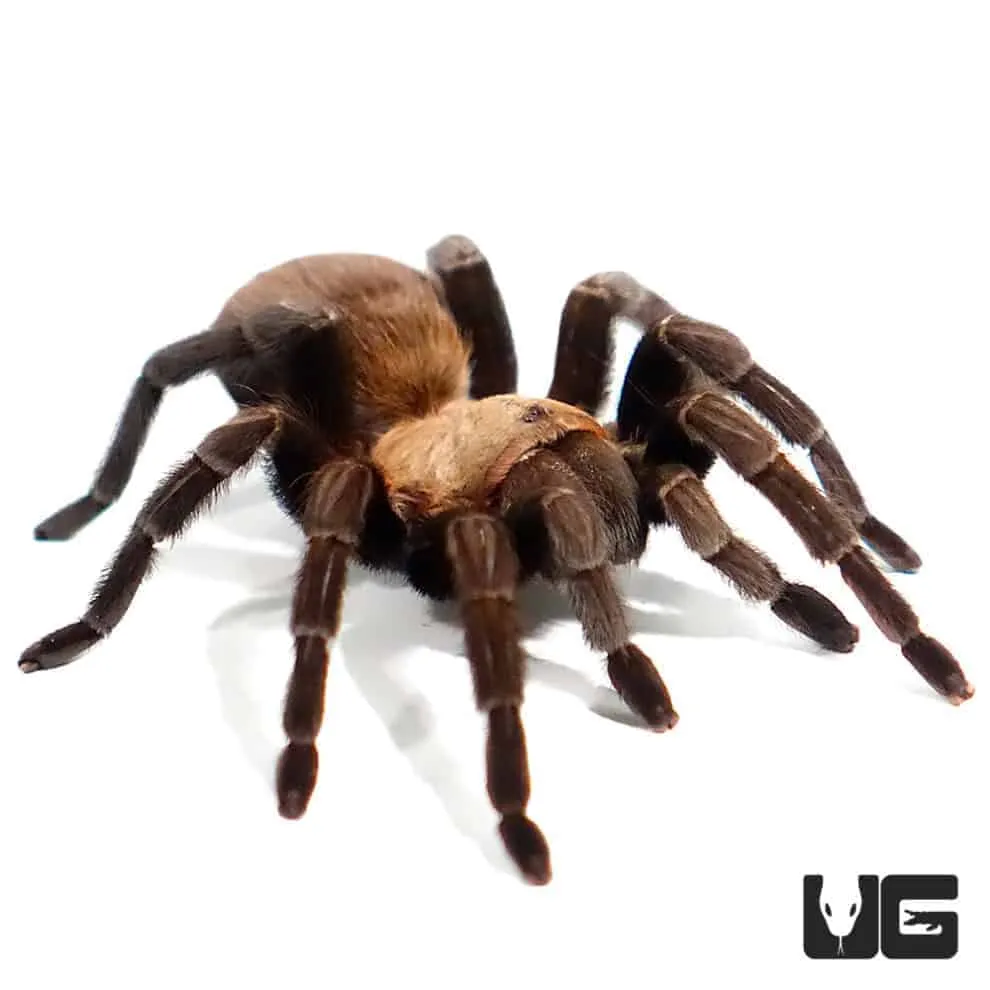Texas Brown Tarantula Care [Ultimate]
Caring for a Texas Brown Tarantula can be a rewarding experience. These fascinating creatures, also known as Aphonopelma hentzi, are relatively low-maintenance pets, making them a good choice for both novice and experienced invertebrate keepers. This ultimate guide provides comprehensive information on every aspect of Texas Brown Tarantula care, from setting up their habitat to understanding their behavior and ensuring their health. With the right knowledge and care, you can enjoy years of observing and appreciating these amazing arachnids.
Understanding the Texas Brown Tarantula
Appearance and Characteristics
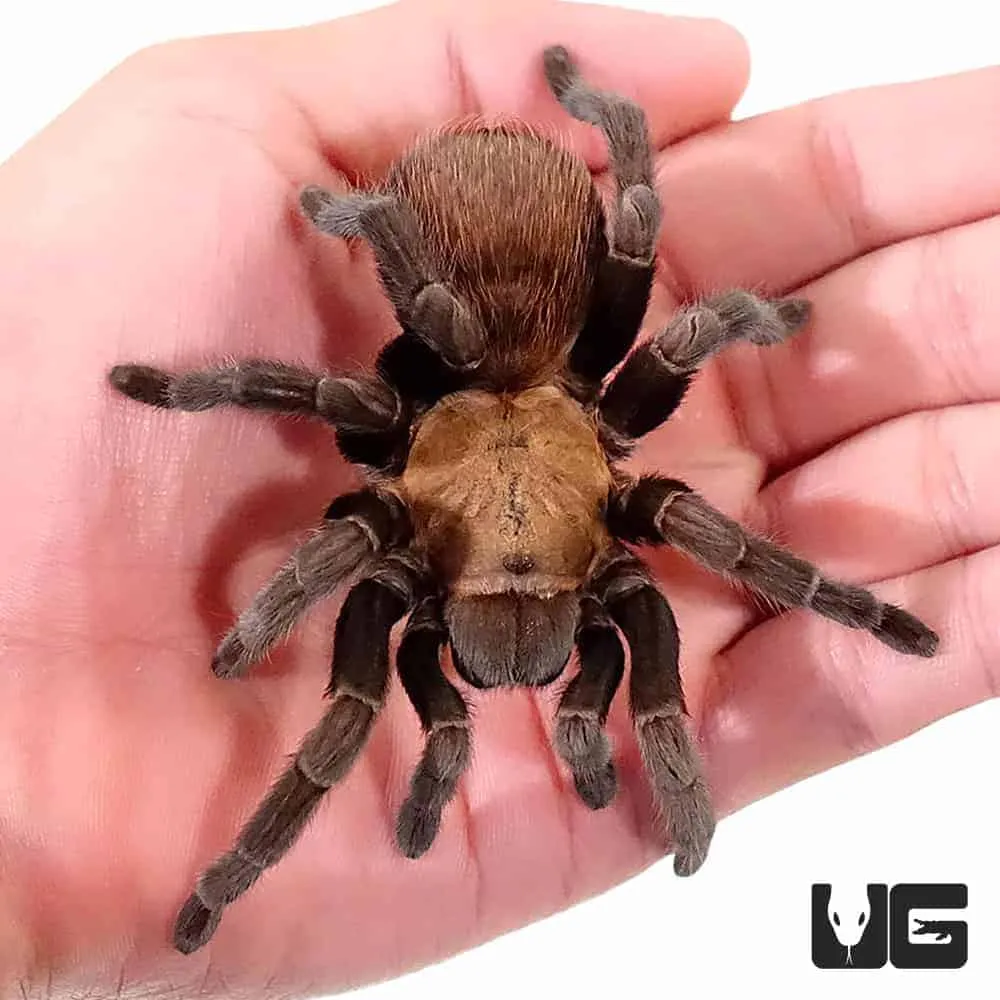
Texas Brown Tarantulas are large spiders, with females typically reaching a leg span of up to 5 inches (13 cm), while males tend to be slightly smaller. They are primarily brown, with varying shades from light tan to dark chocolate, and a hairy appearance. Their bodies are divided into two main parts the cephalothorax (fused head and thorax) and the abdomen. They possess eight legs, chelicerae (mouthparts with fangs), and pedipalps, which they use for sensing and manipulating their environment. The coloration can vary slightly depending on the individual tarantula and its age, providing a natural camouflage within their habitat.
Natural Habitat and Behavior
In the wild, Texas Brown Tarantulas are found in the southwestern United States, particularly in Texas, Arizona, and New Mexico. They are terrestrial spiders, meaning they live on the ground, and they often burrow in the soil or find shelter under rocks and logs. They are generally nocturnal, becoming most active at night when they hunt for prey. Their diet consists mainly of insects, but they may occasionally consume small vertebrates. They are generally docile spiders, but they can bite if provoked, and they also have urticating hairs on their abdomen that they can flick at predators for defense. Understanding their natural behavior is key to replicating an appropriate environment in captivity.
Setting Up the Perfect Texas Brown Tarantula Enclosure
Creating a suitable enclosure is crucial for the health and well-being of your Texas Brown Tarantula. The enclosure should provide a safe and comfortable environment, allowing your tarantula to thrive. The setup needs to mimic their natural habitat to minimize stress and encourage natural behaviors. This section covers the essential elements for setting up a proper home for your pet tarantula.
Choosing the Right Enclosure Size
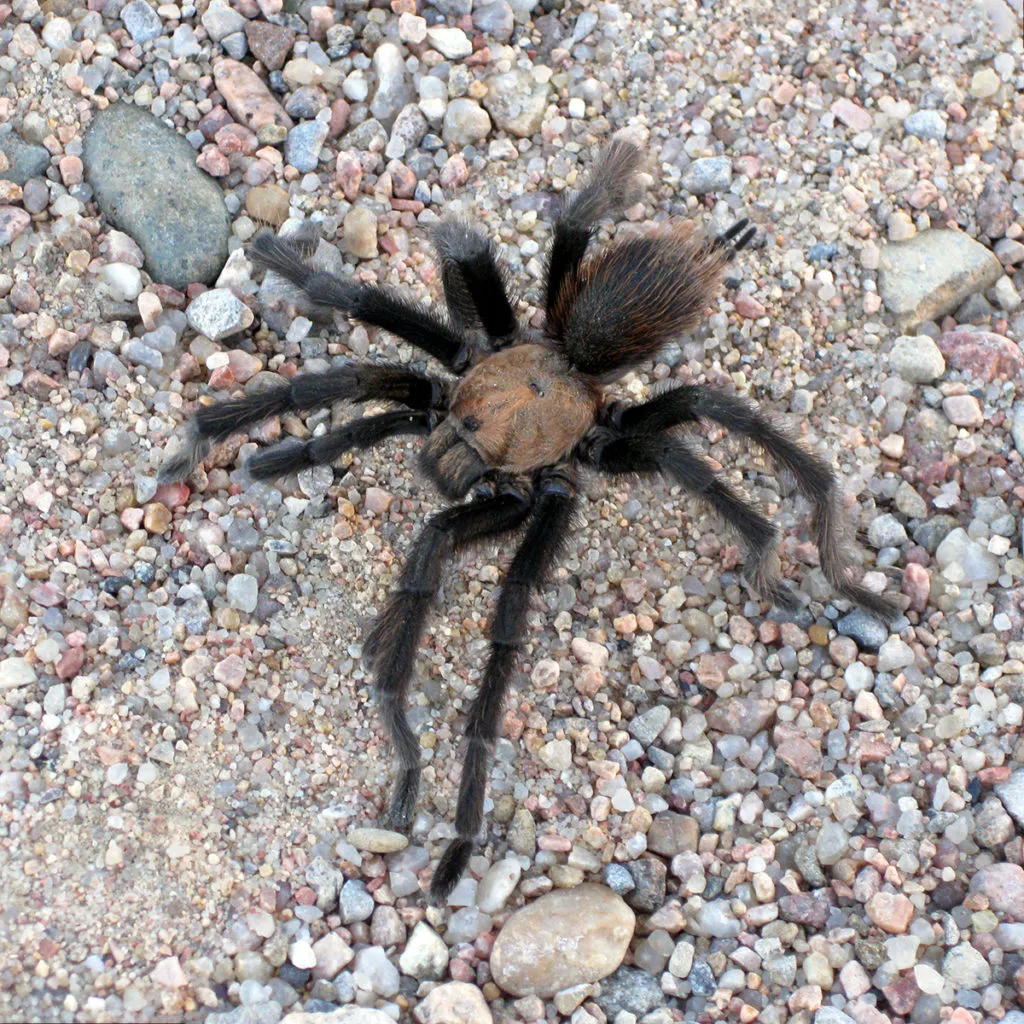
The size of the enclosure is essential for the tarantula’s comfort and security. A good rule of thumb is to provide an enclosure that is at least three times the tarantula’s leg span in width. For a juvenile, a 5-gallon tank can be sufficient, but as the tarantula grows, you will need to upgrade. For an adult Texas Brown Tarantula, a 10-gallon tank or larger is recommended. Ensure that the enclosure has a secure lid to prevent escapes, as tarantulas are skilled climbers. Good ventilation is also necessary to prevent the build-up of mold and maintain air quality.
Substrate and Decor for Your Tarantula
The substrate, or bedding, is a critical element of the enclosure, providing a comfortable surface for the tarantula to walk on, burrow in, and molt. A suitable substrate should hold moisture, allow for burrowing, and be non-toxic. A mixture of peat moss, vermiculite, and a small amount of coco fiber is often used. The substrate should be deep enough to allow the tarantula to burrow comfortably, at least 4-6 inches deep for an adult. Decorate the enclosure with a hide, such as a piece of cork bark or a hollow log, to provide a secure retreat where the tarantula can feel safe. Also add some artificial or real (but non-toxic) plants to enhance the enclosure. Make sure that all décor is stable so that it won’t fall and injure the tarantula.
Temperature and Humidity Requirements
Texas Brown Tarantulas thrive in temperatures ranging from 70 to 85°F (21 to 29°C). A temperature gradient within the enclosure is beneficial, allowing the tarantula to choose its preferred temperature. You can use a heat mat or a ceramic heat emitter, but always ensure that the heat source is controlled with a thermostat to prevent overheating. The humidity level should be kept between 60-70%. Monitor the humidity using a hygrometer. Mist the enclosure lightly with water every few days, or as needed, to maintain the appropriate humidity level. Ensure that the enclosure has proper ventilation to avoid mold growth.
Feeding Your Texas Brown Tarantula
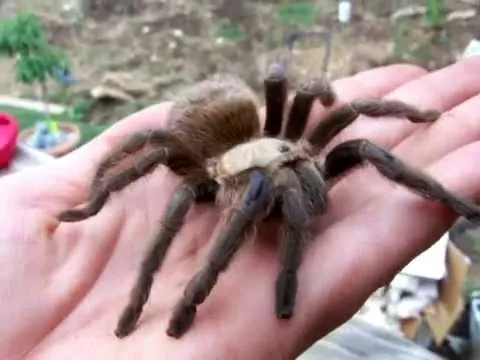
Proper nutrition is vital for the health, growth, and longevity of your Texas Brown Tarantula. Understanding what to feed, how often, and in what amounts is essential to providing a balanced diet. The right feeding regimen will ensure your tarantula remains healthy and active. This section provides detailed information on feeding your Texas Brown Tarantula.
What to Feed Your Tarantula
The primary diet for Texas Brown Tarantulas consists of live insects. Crickets, mealworms, and roaches are common choices. The size of the prey should be appropriate for the size of your tarantula; the general rule is to offer prey that is no larger than the tarantula’s body. Variety is essential to ensure that your tarantula receives a range of nutrients. You can also offer other insects such as superworms, hornworms, and even pre-killed pinkie mice for adult tarantulas (in moderation). Always ensure that the insects you provide are gut-loaded, which means that they have been fed nutritious food to increase their nutritional value.
Feeding Frequency and Portion Sizes
Feeding frequency depends on the age and size of the tarantula. Spiderlings and juveniles should be fed more often than adults, typically two to three times a week. Adults can be fed once a week or every other week. Observe your tarantula’s abdomen; if it appears plump and round, it is well-fed. Adjust the feeding frequency based on its condition. Remove any uneaten prey after 24 hours to prevent stress to your tarantula. Avoid overfeeding, as this can lead to obesity and other health problems. Watch for your tarantula refusing food, which may indicate it is about to molt.
Providing Water and Hydration
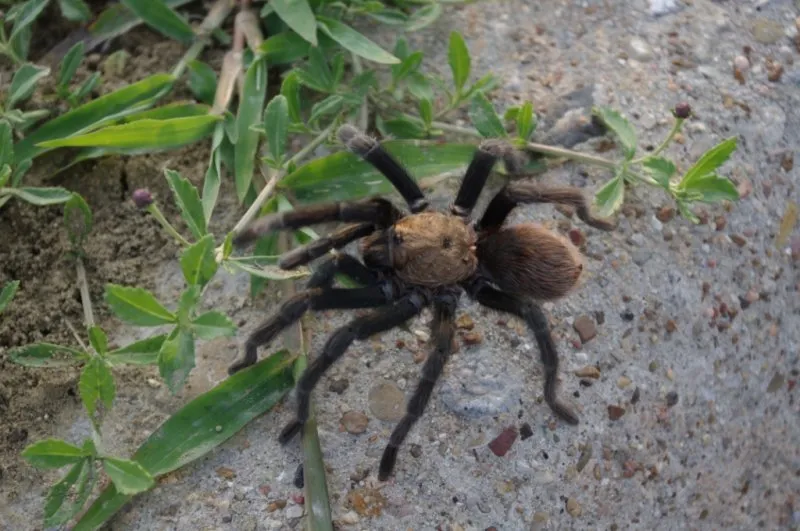
Fresh water is essential for tarantulas to stay hydrated. Provide a shallow water dish filled with clean water. The dish should be shallow enough to prevent the tarantula from drowning. You can use a bottle cap or a small, shallow dish designed for reptiles. Check the water dish daily and refill it as needed. In addition to a water dish, you can mist the enclosure lightly with water a few times a week to maintain humidity and provide a source of water droplets for your tarantula to drink.
Handling and Safety Precautions
While Texas Brown Tarantulas are generally docile, handling them should be approached with caution and respect. Incorrect handling can lead to injury for both you and the tarantula. It is crucial to understand safe handling techniques and recognize signs of stress. This section outlines essential safety precautions to ensure a positive experience for both you and your pet.
Safe Handling Techniques
Handling a Texas Brown Tarantula is best avoided unless necessary, such as for enclosure maintenance or health checks. If you must handle your tarantula, do so in a secure area, such as a bed or a table near the floor, to minimize the risk of a fall. Use a soft brush or a piece of paper to gently encourage the tarantula to move if needed. Never squeeze or grab the tarantula. Always wash your hands thoroughly before and after handling, as tarantula hairs can cause irritation. Be patient and gentle, and if the tarantula seems stressed, place it back in its enclosure immediately.
Recognizing Signs of Stress or Illness
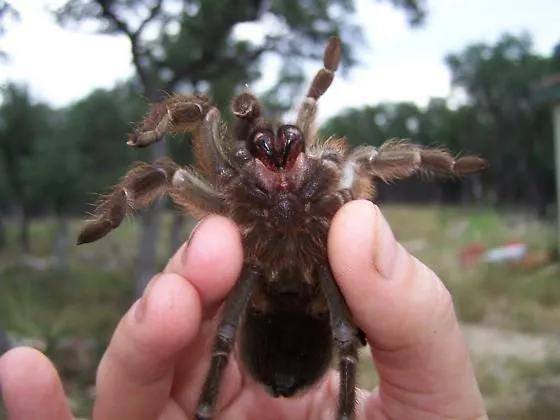
It is important to recognize signs of stress or illness in your tarantula to provide appropriate care. Signs of stress can include erratic movements, defensive postures, or refusal to eat. Signs of illness can include lethargy, loss of appetite, or unusual behavior, such as lying on their back or being unable to stand. If you notice any of these signs, assess the enclosure for potential problems, such as incorrect temperature or humidity, and make the necessary adjustments. If the condition persists, consult a veterinarian experienced in exotic animals.
Common Health Issues and Solutions
Like all pets, Texas Brown Tarantulas can be susceptible to certain health issues. Knowing these potential problems can help you provide the best possible care and prevent serious complications. This section covers common health issues and their solutions to help you keep your tarantula healthy and happy.
Molting and What to Expect
Molting is a natural process where tarantulas shed their exoskeleton to grow. During this time, the tarantula will become less active, and its appetite may decrease. It will often seal itself inside its burrow or remain still. The molting process can take several hours. The tarantula will lie on its back to shed its old skin. Do not disturb the tarantula during molting. After molting, the tarantula’s new exoskeleton will be soft and vulnerable. Do not feed your tarantula for a few days after molting to allow its fangs to harden. The molted exoskeleton can be removed from the enclosure after the tarantula has fully recovered.
Identifying and Addressing Potential Problems
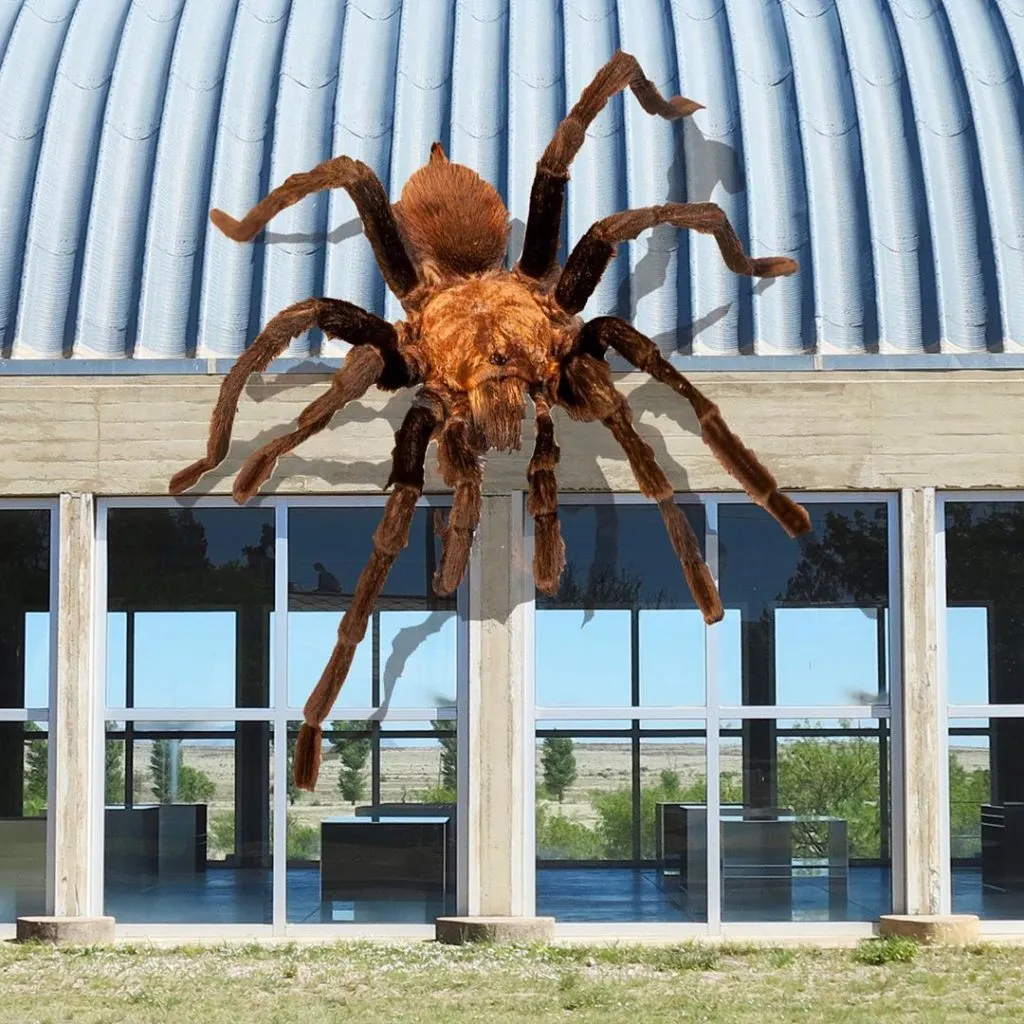
Other potential health issues include mites, fungal infections, and injuries. Mites can be identified as small, moving dots on the tarantula or in the enclosure. To treat mites, remove the affected substrate and clean the enclosure thoroughly. Fungal infections can result from high humidity and poor ventilation. Provide adequate ventilation and maintain proper humidity levels to prevent fungal infections. Injuries can occur if the tarantula falls or is injured during handling. Consult a veterinarian experienced in exotic animals if you suspect an injury or illness. Maintain a clean enclosure and provide a balanced diet to minimize the risk of health problems.
Breeding Texas Brown Tarantulas
Breeding Texas Brown Tarantulas is an advanced aspect of tarantula care, and it is typically undertaken by experienced keepers. It requires careful planning and preparation. This section provides an overview of the breeding process, including sexing your tarantula, mating, and egg sac management. It’s worth noting that breeding is not recommended for beginners.
Sexing Your Tarantula
Determining the sex of your tarantula is the first step in breeding. The most accurate method is to examine the exuvia (molted skin). The presence of spermathecae (sperm storage organs) indicates a female. Males have a pair of modified pedipalps, called palpal bulbs, which they use for mating. Another method, though less accurate, is to examine the abdomen for the presence of a pre-epigastric furrow, which is usually more prominent in females. Accurate sexing is necessary to successfully breed Texas Brown Tarantulas.
Mating and Egg Sac Management
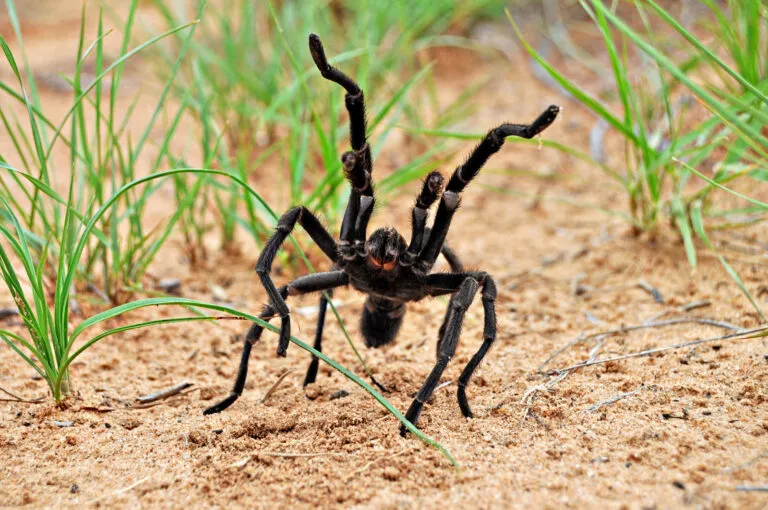
If you have successfully sexed your tarantulas and have a male and female, the next step is mating. The male will approach the female and, if she is receptive, will deposit sperm into her spermathecae. The female will then lay eggs and encase them in a silk egg sac. The egg sac is typically guarded by the female, and it needs to be kept at the correct temperature and humidity levels. It’s important to remove any mold from the egg sac to prevent it from spoiling. The eggs will hatch within a few weeks, and the spiderlings will begin to disperse. Raising spiderlings requires a lot of space and a steady supply of food.
Legal Considerations and Conservation
Before acquiring a Texas Brown Tarantula, research local and state regulations regarding exotic pet ownership. Some areas may have restrictions or require permits. It is essential to comply with all legal requirements. Also, consider the conservation status of Texas Brown Tarantulas, as many spider species are threatened due to habitat loss and other factors. When choosing a tarantula, source it from a reputable breeder who practices ethical breeding and avoids the collection of wild specimens. By following responsible pet ownership practices, you can contribute to the preservation of this fascinating species.
In conclusion, caring for a Texas Brown Tarantula can be a rewarding experience. By providing a proper habitat, understanding their needs, and taking the necessary precautions, you can ensure the health, well-being, and longevity of your pet. Always prioritize safety and responsible ownership, and enjoy the unique opportunity to observe these amazing creatures.
